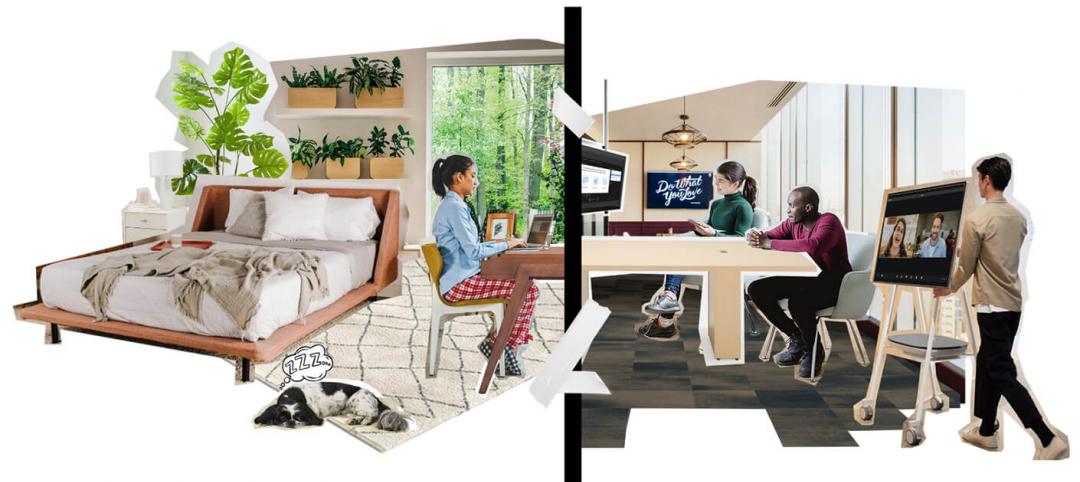In today’s global hunt for talent, company leaders (the smart ones, anyway) are making a crucial shift. It’s no longer about getting people who are a “cultural fit.” The right hire is one who makes a cultural addition. Facebook, for example, created a more inclusive hiring processby barring interviewers from using phrases related to “fitting” when providing feedback on candidates. They found that requiring interviewers to give more specific feedback compels them to address unconscious biases and keep inclusivity paramount.
The more you think about fitting in, the less sense it makes. Few people really want to be a part of a groupthink session, or to line up exactly with existing employees and company norms. Evidence shows that companies that hire on or emphasize cultural fit struggle to innovate and change. Finding people who fit culturally may be an easy way out, but the real reward is in finding and sustaining an office of people who add something special, even unique.
Concepts like “cultural add” or “cultural contribution” better reflect competitive companies’ goals. Those such as Facebook, Atlassian, and Goldman Sachs continue to reinvent recruitment practices, hiring employees whose only “fit” comes from shared values and who add that special something. The industry norms are no longer so applicable.
We as designers also play an increasingly prominent role in supporting cultural contributions, and we’re always happy to work with companies who share our objectives. One such company is Sun Life, which is rethinking the traditional approach to insurance and financial services. Its leaders wanted to move away from traditional, fit-based hiring norms and toward an environment based on celebrating its employees. Sun Life recognized the strength of “cultural add” in creating space in their new global home at One York Street in Toronto. Working with designers from our Toronto office, Sun Life pushed for a space that would empower employees with different backgrounds and working styles, allowing them control over how they share ideas, address risks, and make decisions. They also emphasized restoring boundaries to reduce distractions and noise while promoting productivity and willingness to engage (but only when ready) with others.
The result is the Sun Life’s transformative Ignite Studio. Beyond promoting brand identity, the vibrant new space encourages collaboration by fostering community. Employees can work in a variety of spaces: open or enclosed, collaborative or focused, formal or informal, depending on workstyles and the nature of their work. The firm’s technologies are displayed throughout the space, from the entry tech-display bar to television screens. The space endorses creativity, with an abundance of functional walls for writing and drawing. Almost every surface is meant for opportunities to create and foster innovation for Clients. All desks, including those in meeting rooms, are adjustable sit-stand desks. Even minor details—like the distance of a sit-stand desk from the writeable wall of a conference room—promote a more active, inclusive, and collaborative environment.
Innovation drives advancement but the push for innovation doesn’t always come easily. One of the biggest factors: a critical mass of energized and happy staff members, all united by a shared understanding of the company’s goals. Who wouldn’t want to add themselves to that company?
More from Author
Perkins and Will | Sep 19, 2023
Transforming shopping malls into 21st century neighborhoods
As we reimagine the antiquated shopping mall, Marc Asnis, AICP, Associate, Perkins&Will, details four first steps to consider.
Perkins and Will | Jul 20, 2023
The co-worker as the new office amenity
Incentivizing, rather than mandating the return to the office, is the key to bringing back happy employees that want to work from the office. Spaces that are designed and curated for human-centric experiences will attract employees back into the workplace, and in turn, make office buildings thrive once again. Perkins&Will’s Wyatt Frantom offers a macro to micro view of the office market and the impact of employees on the future of work.
Perkins and Will | May 30, 2023
How design supports a more holistic approach to training
For today’s college athletes, training is no longer about cramming team practices and weight lifting sessions in between classes.
Perkins and Will | Dec 20, 2022
4 triage design innovations for shorter wait times
Perkins and Will shares a nurse's insights on triage design, and how to help emergency departments make the most of their resources.
Perkins and Will | Aug 30, 2021
The great re-shuffle & re-think
In this new hybrid environment in which we cater to how our employees work best, how will we manage new hybrid work practices and etiquette?
Perkins and Will | May 18, 2020
Global design firms collaborate on new COVID-19 mobile testing lab to bring testing to vulnerable communities worldwide
Perkins and Will, Schmidt Hammer Lassen Architects, and Arup Group develop scalable solutions for increased testing capacity within high-density and under-served neighborhoods.
Perkins and Will | Jun 7, 2019
Workplace wellness: Top 3 tips for Fitwel certification
How can thoughtful design encourage healthier choices, lifestyles, and work environments?
Perkins and Will | Feb 27, 2019
ResilientSEE: A framework to achieve resilience across scales
Conceived in the Boston studio of Perkins+Will, the ResilientSEE team developed a resilient planning framework that can be applied to other neighborhoods, cities, and countries.
Perkins and Will | Nov 28, 2018
Amazon HQ2 and the new geography of work
The big HQ2 takeaway is how geography and mobility are becoming major workplace drivers.
Perkins and Will | Sep 4, 2018
It takes more than money to fund resilience
Resilient design, much like all projects in the built environment, requires funding.















